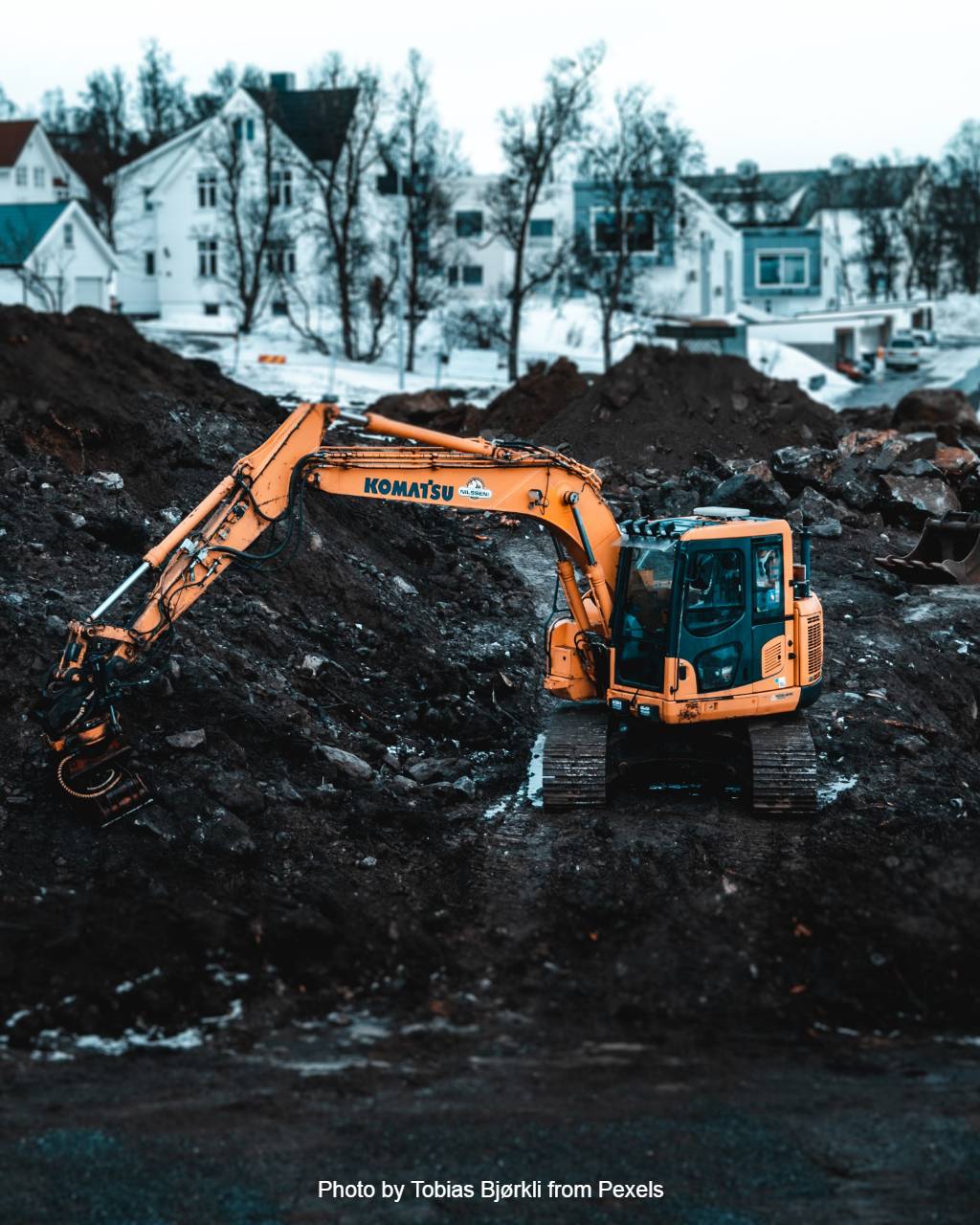
Key Differences between Leasing and Financing
May 20, 2020
4 Financial Tips For Surviving COVID-19
July 15, 2020Equipment leasing is a growing industry, and as an entrepreneur or business owner, knowing what it’s all about will help you make better decisions. It’s an alternative to purchasing or financing equipment and has some distinct benefits that set it apart from other options.
Of course there is more to it than that so to help with that, we’ve answered some of the key questions people ask us about this industry and of equipment leasing.
What is Equipment Leasing?
Equipment leasing is a form of acquisition equipment without buying it and having direct ownership. The idea is the leasing company buys the equipment and then lends it to you in exchange for periodic lease payments. Think of it similar to an apartment where the tenants don’t own the apartment, but live there and the landlord looks after the entire property.
Equipment leasing though can it a step further than that example as there are different forms of leasing. You’ve got operating leases which work like the example presented above, others include capital leases where the user gets both the benefits and liabilities of owning the equipment.
How does it work?
The first step is determining what equipment you need for your business. Virtually any sort of equipment is available, so options aren’t restricted to what a company has on hand. That being said, a leasing company will likely have on-hand equipment you can consider as well.
After you know what you want, you can begin negotiating with the business to structure your lease and start working with the lessor to get the equipment to your business.
How are Payments Structured?
Before the start of any lease, you’ll negotiate price and payment structure. These will be based on your business’s needs. And you can also negotiate monthly, semi-annual, or annual payments.
Are Down Payments necessary?
Not at all. Though if you want to provide one this, is a good bargaining chip to lowering your payment amount. That being said, a down payment may be necessary in the event that your credit is low.
What if I bought equipment and now want to free up cash?
Whether you bought the equipment from the leasing company you’re with or someone else, you may have an option of freeing up cash. This can be done through sale-leasebacks. What happens is the leasing company will buy the equipment and then lease it back to you.
Do note that not all lease companies will do that and even if they do it’s under specific circumstances. So if this is a concern, bring it up to see if you qualify.
What happens after a lease is over?
A number of things will happen, though you’ll definitely be given notice prior to a lease is over. In those situations, you’re faced with the decision of whether to upgrade, renew a lease, or to buy the equipment.
You also have the option to return the equipment. Regardless, all of these conditions and options will be written out on your lease so keep it handy and consult it.
What are some advantages to this over Financing?
There are many differences between financing and leasing. One of the advantages of leasing has over financing is that since in most cases you don’t own the equipment, you can benefit from some distinct perks:
- You don’t have to amortize or depreciate the equipment on your books and taxes.
- Lease payments are tax deductible.
- In the event the equipment needs repairs or maintenance, the costs and the responsibilities fall to the lessor.
- The lessor will work with you in ensuring you are making payments that won’t cripple your business.
Regardless of all of these advantages, we are making a few key assumptions. The reality is that the advantages fall to what your business is and what you want to do. Depending on those things, financing could be a better option than leasing, it’s hard to say on the surface.
What can I expect from leasing companies?
Experiences will vary; some companies are great to work with while others are stricter. It all depends on the company. But generally speaking, the application process is short and easy to complete with most of them taking five minutes to complete.
For general inquiries by email, some companies will take two hours, and customer service contacts can take four hours to respond. Again, these are just estimates.



